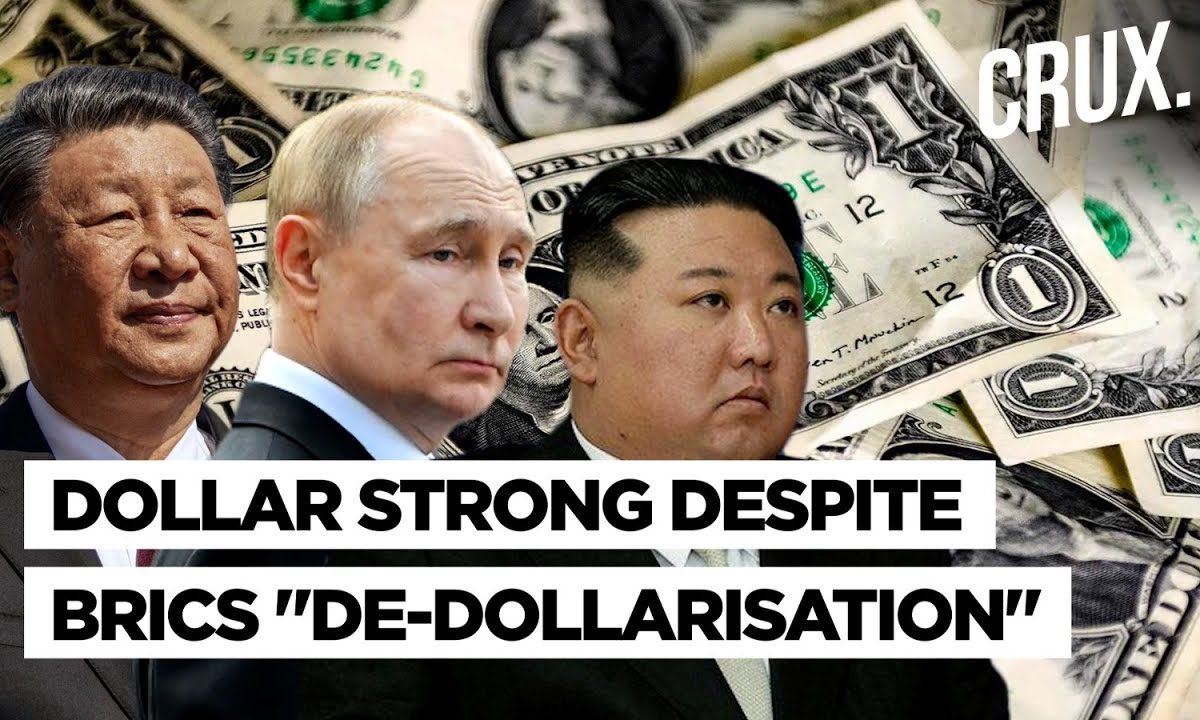This day in 1976, North and South Vietnam reunited. Can the two Koreas become one, ever?

Exactly 48 years ago, North and South Vietnam reunified, creating the Socialist Republic of Vietnam after decades of conflict and division. This monumental event has kept many speculating whether North and South Korea, divided by ideology and fortified borders, could follow a similar path to reunification
On 2 July 1976, North and South Vietnam were officially reunited, forming the Socialist Republic of Vietnam. This significant event came after decades of conflict, including the First Indochina War against French colonial rule and the Vietnam War, which pitted the communist North against the US-supported South. Following the fall of Saigon in April 1975, North Vietnam emerged victorious, paving the way for reunification. Vietnam’s reunification was not an overnight event but the result of prolonged struggle and negotiation. The war had left the country devastated, with millions of lives lost and infrastructure in ruins. Despite these challenges, the Vietnamese people and their leaders were determined to reunite their country under a single government. The reunification process involved the integration of administrative systems, the merging of economies, and efforts to bridge the ideological divides that had previously split the nation. This process was facilitated by the strong nationalist sentiments and the shared cultural and historical heritage of the Vietnamese people. Can the two Koreas reunite? The question of whether North and South Korea can follow Vietnam’s example is complex and fraught with significant historical, political, and social challenges. The Korean Peninsula has been divided since the end of World War II, with the North under a communist regime and the South developing into a democratic state. The Korean War (1950-1953) further entrenched this division, leading to a heavily fortified Demilitarised Zone (DMZ) that remains to this day. Political and ideological barriers keep them apart One of the primary obstacles to Korean reunification is the stark ideological divide between the North and South. North Korea, under the leadership of Kim Jong Un, maintains a strict authoritarian regime with a centrally planned economy. In contrast, South Korea has flourished as a democratic society with a robust market economy. These fundamental differences make it difficult to envision a seamless reunification akin to Vietnam’s. But for decades, both Koreas theoretically kept the hope of reunification alive by committing to their respective policies of peaceful reunification. But something has changed in the past couple of years, particularly in North Korea. North Korea takes a a hostile stance Recent actions by North Korea have raised military tensions to unprecedented levels. At the end of 2023, North Korean leader Kim Jong Un declared South Korea to be “the most hostile state” and ordered his army to “prepare a great event to conquer the territory of South Korea”. While a full-scale war remains unlikely due to the catastrophic consequences for the North Korean regime, limited military provocations near the demarcation line are a constant threat. Further, in January 2024, Kim declared that peaceful unification with South Korea was no longer possible, marking a significant shift in policy. Speaking to the Supreme People’s Assembly, Kim announced that North Korea’s constitution should be amended to designate South Korea as a “primary foe and invariable principal enemy.” This declaration was followed by the demolition of a monument symbolising hope for reconciliation with South Korea. South Korean President Yoon Suk Yeol responded by stating that any provocation from the North would be met with “multiple times stronger” retaliation. There are other factors as well The economic gap between North and South Korea is another significant barrier. South Korea is one of the world’s leading economies, while North Korea’s economy is isolated and underdeveloped. Bridging this gap would require substantial investment and cooperation, which could strain South Korea’s resources and necessitate international support. The reunification of Korea also involves the interests of major global powers, including the United States, China, and Russia. Each of these countries has strategic interests in the region, complicating the prospects of reunification. Unlike Vietnam, where the major powers eventually withdrew, the Korean Peninsula remains a focal point of international geopolitical tension. Reunification would also entail significant social and cultural integration. After decades of separation, the two Koreas have developed distinct identities and social norms. Overcoming these differences would require efforts in education, media, and cultural exchange to foster mutual understanding and a shared national identity. How South Korea’s views this possibility Usually, merger or reunification happens when one country or portion is stable enough and willing to absorb the other, for example West Germany absorbed East Germany as two Germanys had enough emotional push to weld into one nation. South Korea continues to uphold its traditional unification policy of one nation, one state, one government, and one system, as enshrined in its constitution. However, public opinion in South Korea is divided, with a majority favouring a peacefully coexisting two-state system over immediate reunification. President Yoon’s administration maintains a firm stance against Northern provocations, promising strong retaliatory measures. So, can they have a joint vision for the future? While the reunification of North and South Korea remains uncertain, it is not beyond the realm of possibility. The Vietnamese example demonstrates that even deeply divided nations can come together under the right circumstances. Achieving Korean reunification would require sustained effort, international cooperation, and a genuine commitment to overcoming ideological and economic barriers. There is no denying that the path to Korean reunification is fraught with challenges, but the lessons from Vietnam’s reunification indicate that if outside influences go away, one nation divided by unnatural boundaries can join hands and walk together. With the right mix of diplomacy, economic planning, and cultural integration, the dream of a united Korea could one day become a reality.






0 Comments